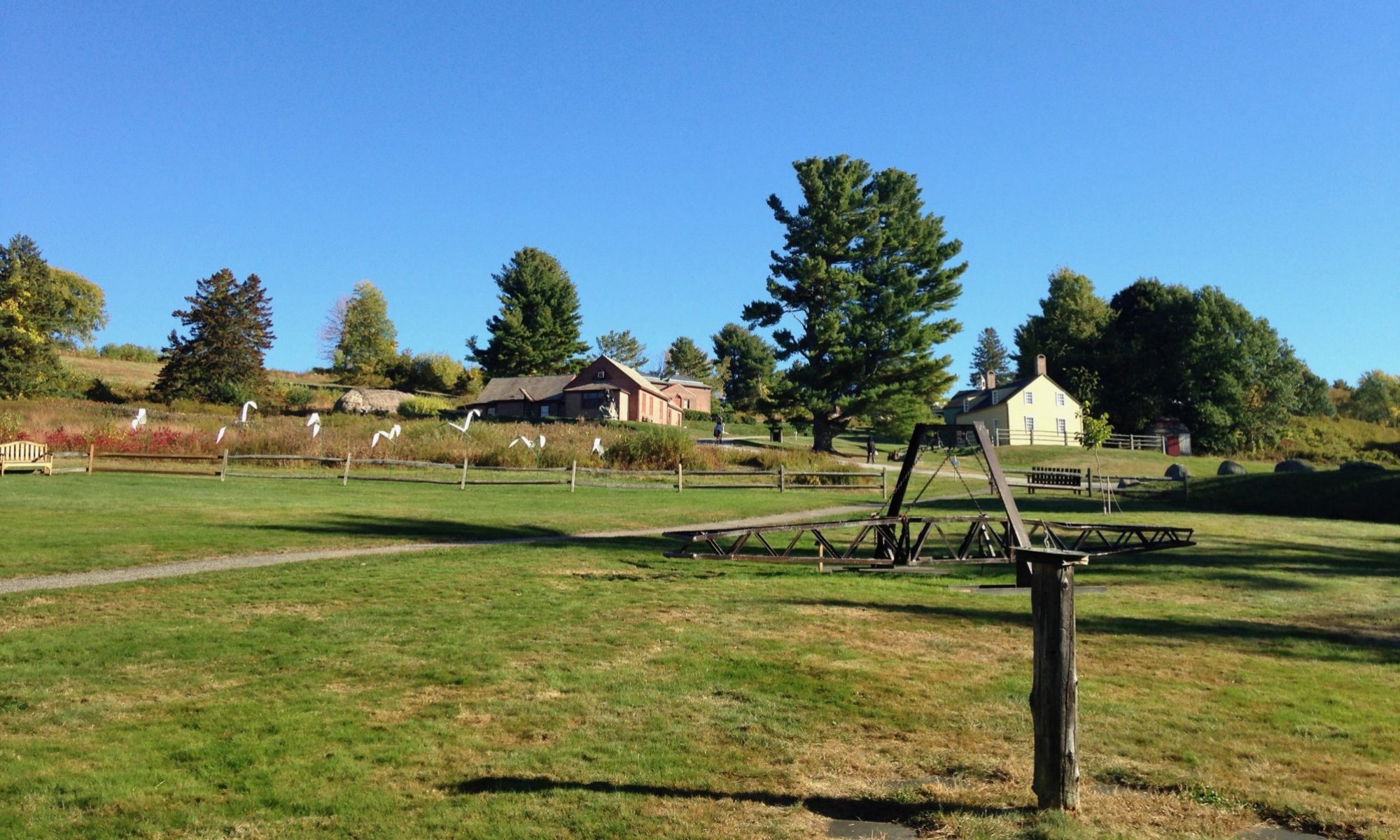My Keene Project Sight designed to be easily navigated. Right now, the contract is up as the “home” page when you visit. This is going to remain on the front of the website until it is finished. This ensures that if anyone visits the sight that they will understand that it is being built. The different tabs on the side of the page include About the Authors, History, Home Page, Interviews, Life and Responsibilities, Photo’s, Principles of the Community, and Programs Offered. These are going to be reorganized in a different order (If I can ever figure it out, someone told me and I forgot already!). I have deleted an “analysis” page that I originally intended on having to extend my thoughts in the community, however, I will integrate this information in with the rest of the website.
I plan on having many links embedded into the website that can take the reader to new places to continue their learning of communities. Soon we will have pictures and quotes integrated into our website to add to the presentation.
